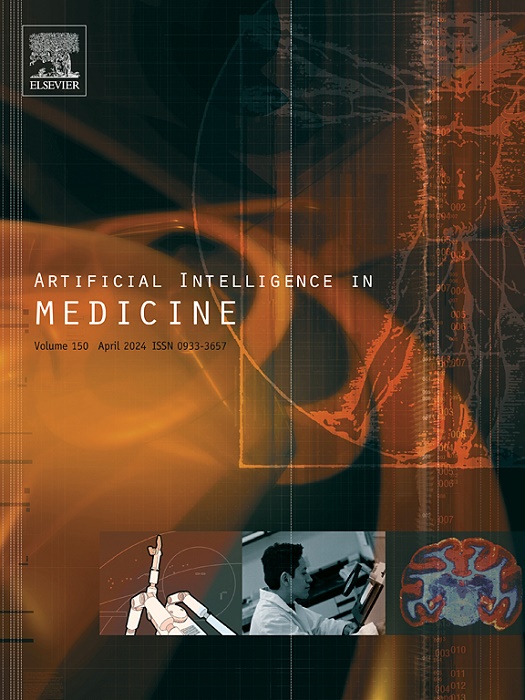层次治疗:用于医疗数据预测分析的层次关注授权图神经网络
IF 6.2
2区 医学
Q1 COMPUTER SCIENCE, ARTIFICIAL INTELLIGENCE
引用次数: 0
摘要
在医疗保健领域,使用非结构化医疗数据进行预测分析对于深入了解患者状况和结果至关重要。然而,包含有价值的患者信息(如症状和病史)的非结构化数据经常带来挑战,包括冗长的文本序列和不完整的数据。为了解决这些问题,我们引入了一个名为分层注意力综合学习(HAIL)的新框架,旨在预测住院死亡率和重症监护病房的住院时间。HAIL将分层注意机制与图神经网络相结合,有效地管理缺失数据并增强结果预测。我们的模型迭代地细化嵌入,从而对电子健康记录数据进行更彻底的分析。实验结果表明,与标准数据集的现有基准相比,在各种指标上的性能显著提高了2%-3%,突出了HAIL在时间敏感的临床决策中的有效性。此外,我们的分析强调了患者网络在维持HAIL框架的稳健性和一致性能方面的重要性。本文章由计算机程序翻译,如有差异,请以英文原文为准。
Healing with hierarchy: Hierarchical attention empowered graph neural networks for predictive analysis in medical data
In healthcare, predictive analysis using unstructured medical data is crucial for gaining insights into patient conditions and outcomes. However, unstructured data, which contains valuable patient information such as symptoms and medical histories, often presents challenges, including lengthy text sequences and incomplete data. To address these issues, we introduce a new framework named Hierarchical Attention-based Integrated Learning (HAIL), designed to predict in-hospital mortality and the duration of stay in the intensive care unit. HAIL combines hierarchical attention mechanisms with graph neural networks to effectively manage missing data and enhance outcome predictions. Our model iteratively refines embeddings, resulting in a more thorough analysis of electronic health record data. Experimental findings demonstrate a notable performance improvement of 2%–3% across various metrics when compared to existing benchmarks on standard datasets, highlighting HAIL’s effectiveness in time-sensitive clinical decision-making. Additionally, our analysis underscores the significance of patient networks in maintaining the robustness and consistent performance of the HAIL framework.
求助全文
通过发布文献求助,成功后即可免费获取论文全文。
去求助
来源期刊

Artificial Intelligence in Medicine
工程技术-工程:生物医学
CiteScore
15.00
自引率
2.70%
发文量
143
审稿时长
6.3 months
期刊介绍:
Artificial Intelligence in Medicine publishes original articles from a wide variety of interdisciplinary perspectives concerning the theory and practice of artificial intelligence (AI) in medicine, medically-oriented human biology, and health care.
Artificial intelligence in medicine may be characterized as the scientific discipline pertaining to research studies, projects, and applications that aim at supporting decision-based medical tasks through knowledge- and/or data-intensive computer-based solutions that ultimately support and improve the performance of a human care provider.
 求助内容:
求助内容: 应助结果提醒方式:
应助结果提醒方式:


